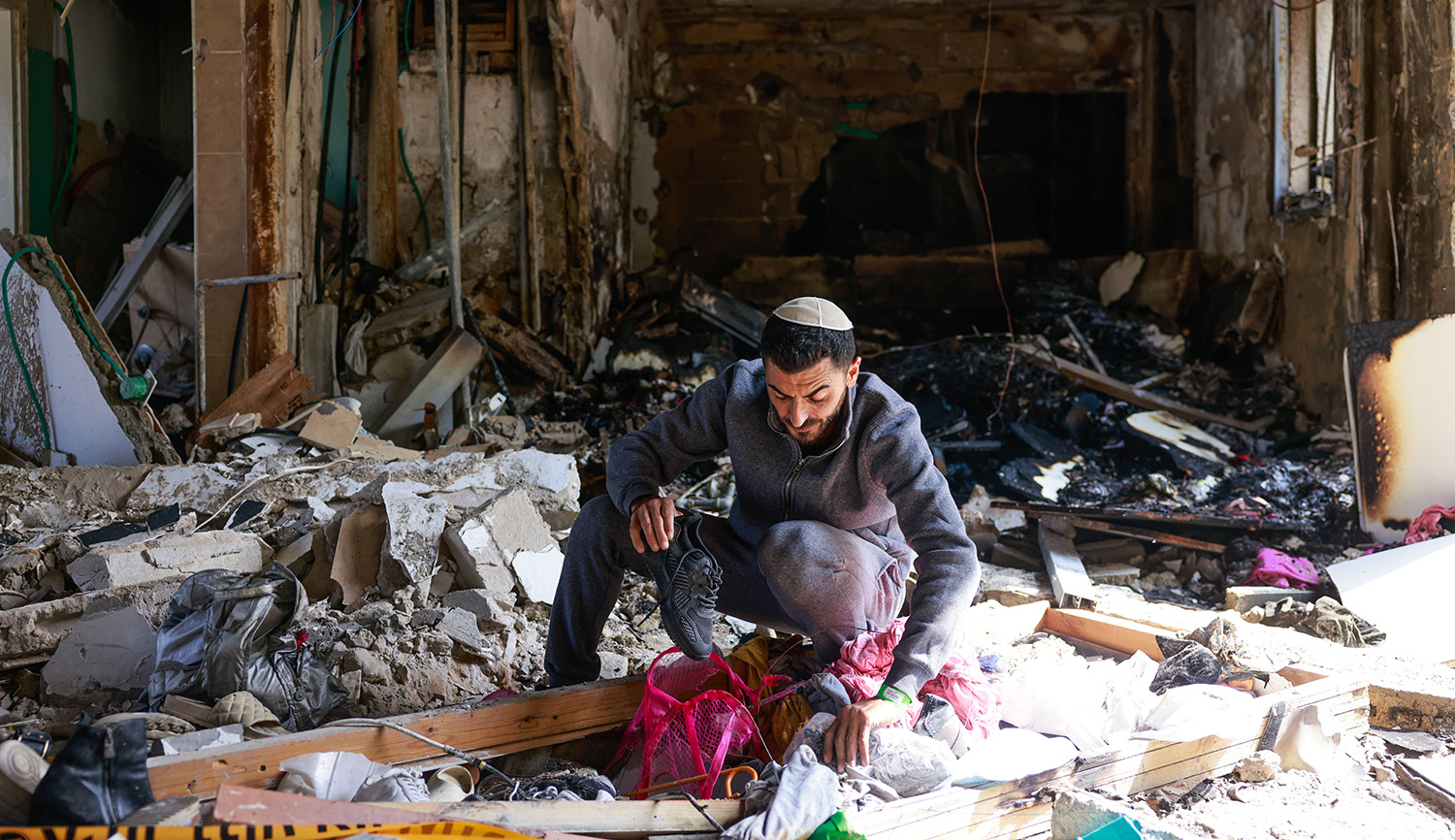Yesterday began the second month of the Jewish calendar, known either as Ḥeshvan or Marḥeshvan. While the month’s name derives from the Akkadian, folk etymology explains it as meaning “bitter Ḥeshvan” (mar being the Hebrew word for “bitter”) in reference to the fact that it is the only Jewish month with neither fasts nor feasts, or any special days at all. Tevi Troy reflects:
The emptiness of Ḥeshvan contrasts with Tishrei, the month that precedes it. Tishrei is full of holidays, beginning with Rosh Hashanah and continuing with Yom Kippur, Sukkot, and the lesser-known days of Shmini Atseret and Simḥat Torah. All told, Tishrei has seven holy days on which Jews can do no work, meaning that an observant Jew might have to take off up to seven workdays in a four-week period.
Because it lacks special observances, Ḥeshvan can potentially make Jews feel less connected to God, or to one another. This is especially true now, thanks to COVID-19; the synagogues, if open, are mainly available for truncated outdoor services only, and not for traditional communal activities. Holidays, even if celebrated remotely, can remind us of shared religious connections.
But while this year’s Ḥeshvan still has some of its traditional bitterness, it will also feel less abnormal than the High Holy Day month of Tishrei did. In this year of isolation, these holiday were an especially strange time. Instead of the traditional observances with large crowds in services and meals with friends and extended families, there were Zoom gatherings, outdoor prayers, and meals only with immediate family. A COVID Tishrei feels very different from a regular Tishrei, but a COVID Ḥeshvan feels pretty normal. And in these uncertain times, getting back to normal sounds pretty good.
More about: Coronavirus, High Holidays, Jewish calendar, Jewish holidays


